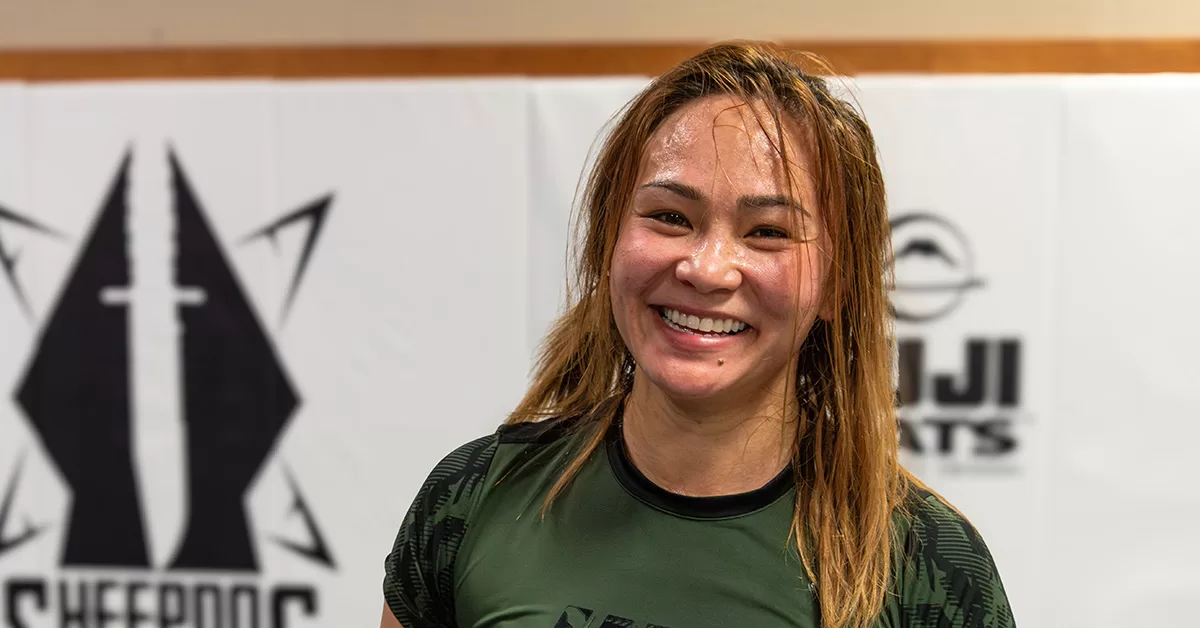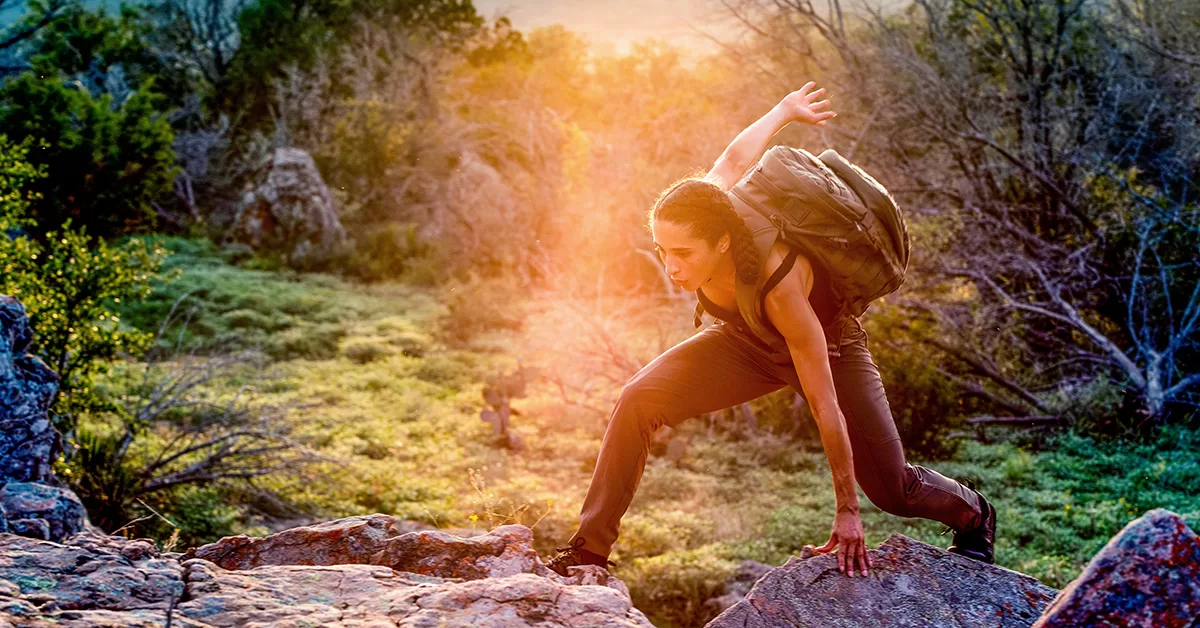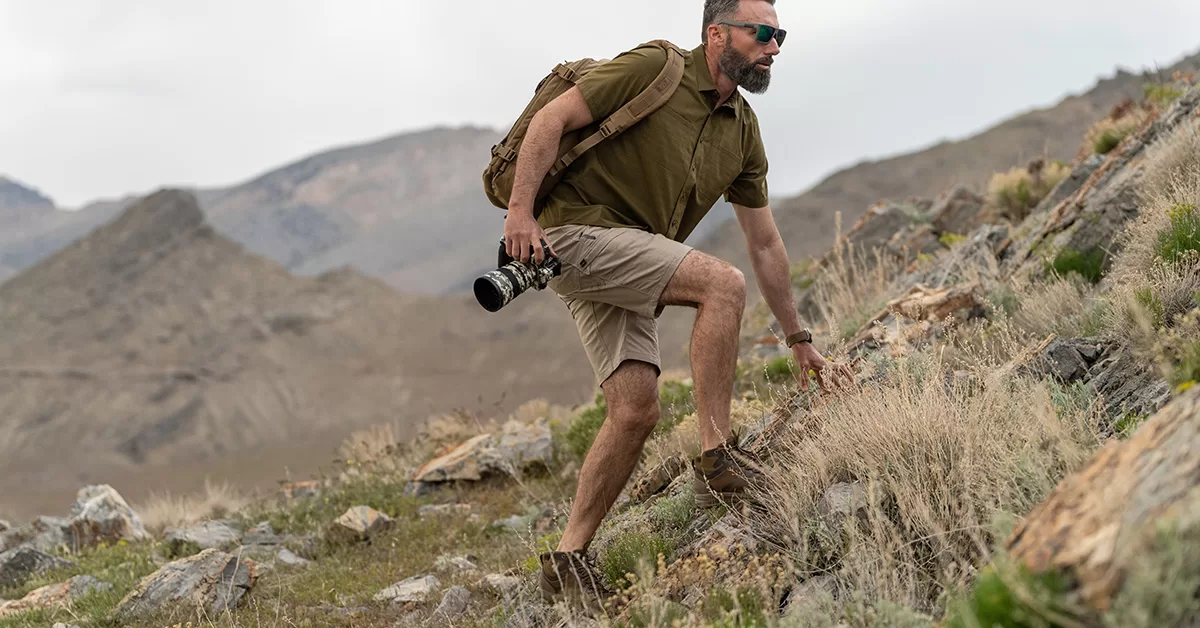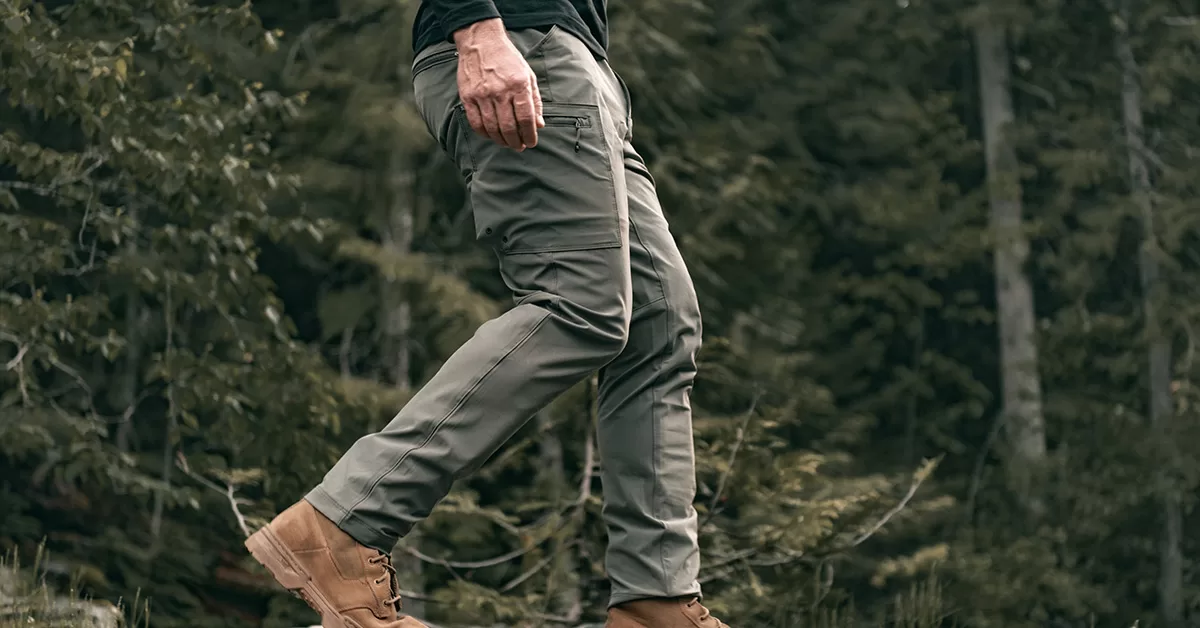Meet the designer: All Hazards Backpack
“Don’t create a product and then try to come up with a problem to solve. Start with the problem and fix the problem with your product.” – Kyle Lamb
That quote from Kyle is fitting for this interview. Chris H, saw a problem in his line of work and he set out to solve it by designing a bag that could work in all scenarios and what the government labels as an “all hazards” approach.
In this interview, we learn about the mindset and experience that went into designing the 5.11 All Hazards Backpack.

Tell us a little bit about your professional life and what you like to do for fun.
I’m not very good at talking about myself. In a nutshell, I served 7 ½ years in the Marines and the past 25 in local law enforcement, 20 of which I spent on the SWAT team having worked at every capacity within the bureau up to and including commander. I am currently the director of counter-terrorism for 5th most populated county in the united states.
So what’s the origin story of the All Hazards Bag?
This is a rather long story. In short, responding to acts of mass violence, civil unrest, man hunts in wooded or mountainous terrain, earthquakes, wildland fires, hurricanes, tornados, MCI’s involving planes or trains or a structure collapse, etc are all events that could and have lasted several hours/days.
As LEO’s we are accustomed to carrying the minimum amount of equipment on our person knowing we can always go back to our patrol vehicle to get what we need. The reality is, in these low-frequency, high-probability events, we may not get a chance to return to our vehicle. It’s a “Come as you are incident”. Once you un-ass your patrol car and transition downrange, there’s no going back until the mission is over or you’ve been relieved.
The bag was inspired out of a need for patrol officers to be able to fight/sustain/survive from their back. Similar to what I learned during my time in the Marines. I’ve spent the past two decades traveling the country teaching local LEO’s active shooter and MACTAC type responses, as well as teaching critical incident response management and find that most officers only carry/deploy with what is on their duty belt or if they are lucky on a vest or in a man purse (murse).
Most supervisors and managers fail to inspect their troops and ensure they have what they need and it’s being carried in a way that will increase the officer’s preparedness and survival. They fail to have the foresight to predict what they may need, and how they will deploy it, should they find themselves in the middle of this horrific event. The lifesaving equipment is often stored in various duffle bags or even Rubbermaid-type boxes in the trunk of a patrol vehicle and is buried under all of the non-mission essential equipment/stuff they use daily. It’s also stored in a manner where this widget is here and that widget is there. When seconds count, trying to assemble all of what you’ll need for the given incident you’re responding to is not the answer. It’s too late.
So I came up with the idea of putting all of the mission essential equipment needed, based on the threats and risks in your area, into a backpack. It is designed to start as an all-inclusive backpack that is rapidly scalable to the mission you’re responding to. If you don’t need it, quickly remove it and leave it in your trunk. At a minimum, it includes the 3 B’s (Beans, Bullets, and Band-Aids) and then gets built up from there. Gas mask and filter, ballistic helmet, riot baton, flex cuffs, extra t-kits, and pressure dressings, M95s, leather gloves, eye pro, water purifier, etc. You’re only limited by your imagination and your vision of what you think you’ll need if you’re faced with…X, Y, or Z.

One of the other things I’ve noticed is that our partners rarely have the same equipment/load out that we have. In the Marines, everyone carried the same minimum equipment loadout (combat load). In civilian law enforcement, there is no standard minimum other than 3 handgun magazines and two pairs of cuffs. Maybe a shotgun with 3-4 rounds in the tube and if you’re lucky, a sidesaddle that holds 5-6 additional rounds. Maybe a patrol rifle and 2 or 3-30 round magazines. In 99.9% of all events we respond to, this is sufficient. But what about the Mumbai or Beslan-type incident where the responders were in a sustained gun battle for close to 12 hours?
Who carries that much ammo? Say it can’t happen here? The North Hollywood Bank Robbery and many other incidents occurred and officers have run out of ammo. So the All Hazards was designed to carry two mules that can hold extra ammo for those once-in-a-lifetime incidents. $100 in 10 extra magazines and $100 in 300 extra rounds purchased with your own money is a cheap insurance policy. It’s a once-in-a-career purchase, it won’t expire. When you need it, or your partner who ran down range with you with his murse and 3 extra mags, needs it, you’ll be glad you have it.
How did you see it being used once it was made and what out-of-the-ordinary uses have you seen it used?
I’ve used the bag as an all-around equipment carrier for back-country expeditions as well as a day pack for back-country elk hunting. My kids use it for a school backpack!
What is your favorite feature (or features) of the All Hazards Bag?
It’s adaptability to any situation you can imagine that is under 2-3 days in length.
Besides the All Hazards, what other products from 5.11 do you use in a professional capacity as well as when you are off duty?
That’s a loaded question! I’ve been wearing Royal Robbins pants since 2000 and have a garage full of 5.11 products that I use all the time!
For more on the All Hazards bag, click here.





